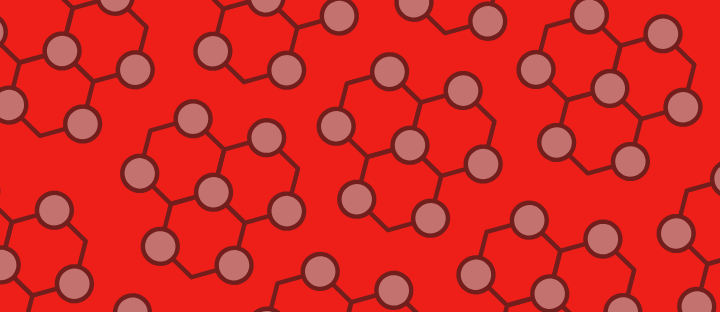Ahead of our 2022 Virtual KAND Family & Scientific Engagement Conference on August 13, 2022, KIF1A.ORG interviewed core KIF1A Research Network members to discuss their #relentless efforts to understand KIF1A and help KAND patients in this special “Meet the Research Network” series on the KIF1A.ORG blog.
KIF1A.ORG’s Research Engagement Director Dylan Verden, PhD, had the pleasure of talking with Doug Chapnick, PhD, Founder and CEO of BioLoomics. Dr. Chapnick discusses how mechanism-agnostic screening (identifying therapeutics that might help a disease without requiring a full understanding of the molecular pathway) can help accelerate therapeutic development for rare diseases like KAND.
Transcript:
Dr. Chapnick: I’m Doug Chapnick, I’m the Founder and CEO of BioLoomics. We’re a biotech company in Boulder, Colorado. We’ve developed a unique technology and we’re using it to understand and make drugs in multiple therapeutic indications.
Dylan: What would you say is the philosophy behind BioLoomics and the way you’re approaching research?
Dr. Chapnick: Ah, that has evolved quite a bit. We’ve been in business since 2019. At this point, I would say we have solidified the answer to that question, which is essentially that you don’t need to understand fully how a disease works to make progress and find therapeutics for it. That’s one part. The other part is that we’ve known for a long time that drugs, even FDA-approved drugs, do many different things. At BioLoomics we’re appreciating and harnessing this multifunctional behavior that drugs have, and trying to custom tailor what those multifunctional behaviors are. So that’s where we’re at.
Dylan: What is the research approach that you’re using to tackle that, in broad terms?
Dr. Chapnick: In broad terms, we program cells. And those cells build and test drugs. The building part is where we have drugs displayed either on the surface or inside cells, and then from cell to cell we can change the design of that drug. In a normal 96-experiment format, we can pack in millions of experiments using that approach. Really what it boils down to is programming cells allows us to do a much bigger throughput with less people. We’re doing vast searches in this huge possible chemical space that drugs occupy, so there’s more possibilities to build a drug than stars in the universe. In order to navigate through that type of possibility space, you need to be able to make jumps in millions to billions of designs, and that’s where we’re at now.
Dylan: How do you see this high throughput work applying to helping rare disease patients and communities?
Dr. Chapnick: It comes back to our philosophy, so in two ways. Rare diseases that have been under-researched historically, their mechanisms have a lot of holes in them, so people don’t quite understand how to build a drug or what the drug should do. We’re enabling a sort of back door to bypass the need to know all of that information and to start finding drugs. For example, a rare disease that’s a point mutant in just one protein, we can build an assay just knowing that. And we can say, we see cellular defects from that protein, that mutant, and we can find drugs that reverse that, even if we don’t understand the whole story behind how that drug works. So it gives us a launch pad to start finding things.
Dylan: As you’re moving into some of these projects with KIF1A, is there anything in particular exciting you about these projects?
Dr. Chapnick: Yeah, I mean KIF1A is a perfect example of where there’s not a lot of understanding of how the clinical symptoms tie at the molecular level to the mutations that patients have. So it’s a perfect test case for us to see if we’re making progress. There’s other members of the community also making progress, and we can use our tools on drug candidates that they find as well, so we can sort of co-evolve with a lot of these companies. So I’m excited about that, that we’re sort of delving in the pure darkness of R&D and that people are banding together to make an effort to make an impact in these rare diseases that have been sort of sidelined for a little bit.
Dylan: Thank you and we really appreciate the work that you’re doing on behalf of the community and getting towards those treatments without necessarily understanding the mechanism, kind of moving forward to the point which is getting treatments to people as quickly as possible. Do you have any other final thoughts that weren’t captured in these questions, anything you’d like to express to our community?
Dr. Chapnick: I’m very impressed with the KIF1A community, how they band together, how these conferences rejuvenate people and can really coalesce the mission and keep it going forward. I’m very proud to be part of it, and I think our whole team is proud to be part of it, so we thank you for putting this all together and for allowing us to help out and do what we can.

